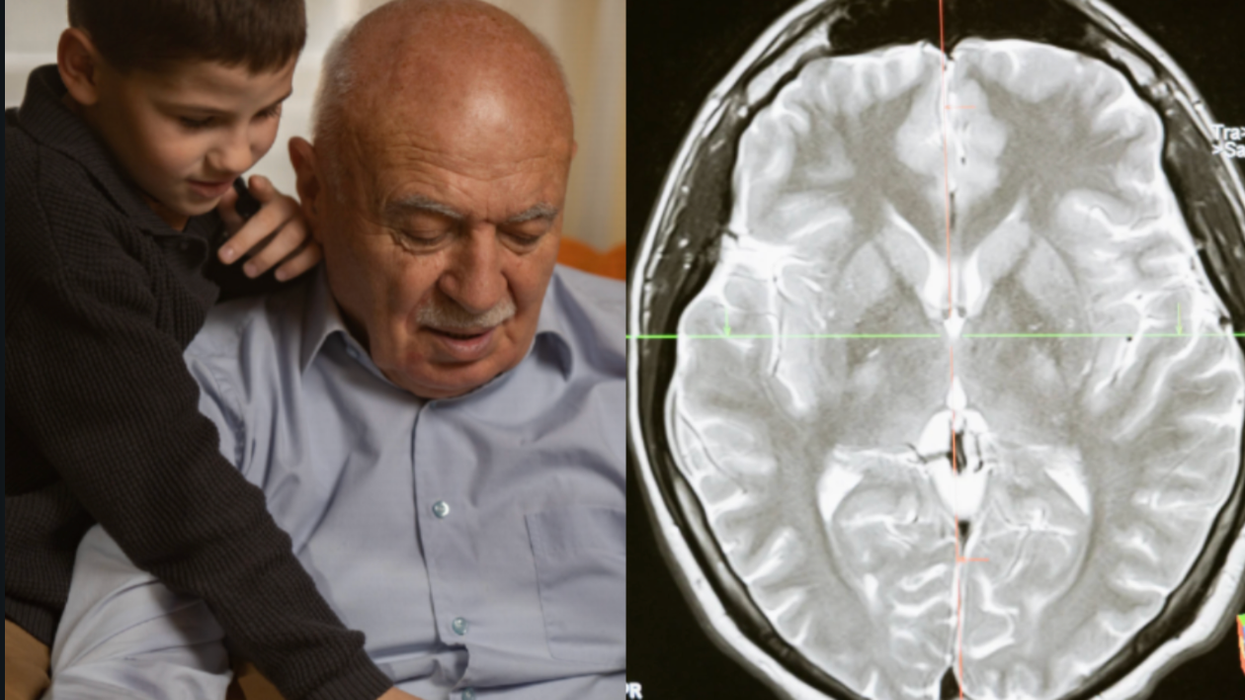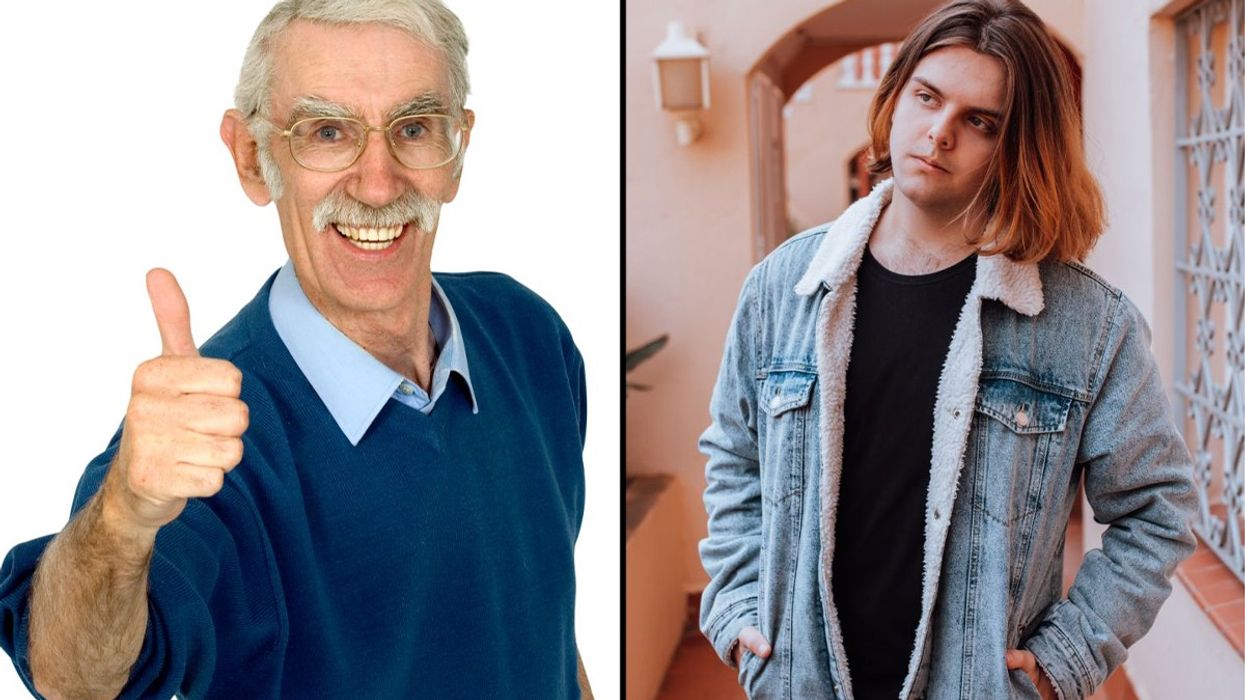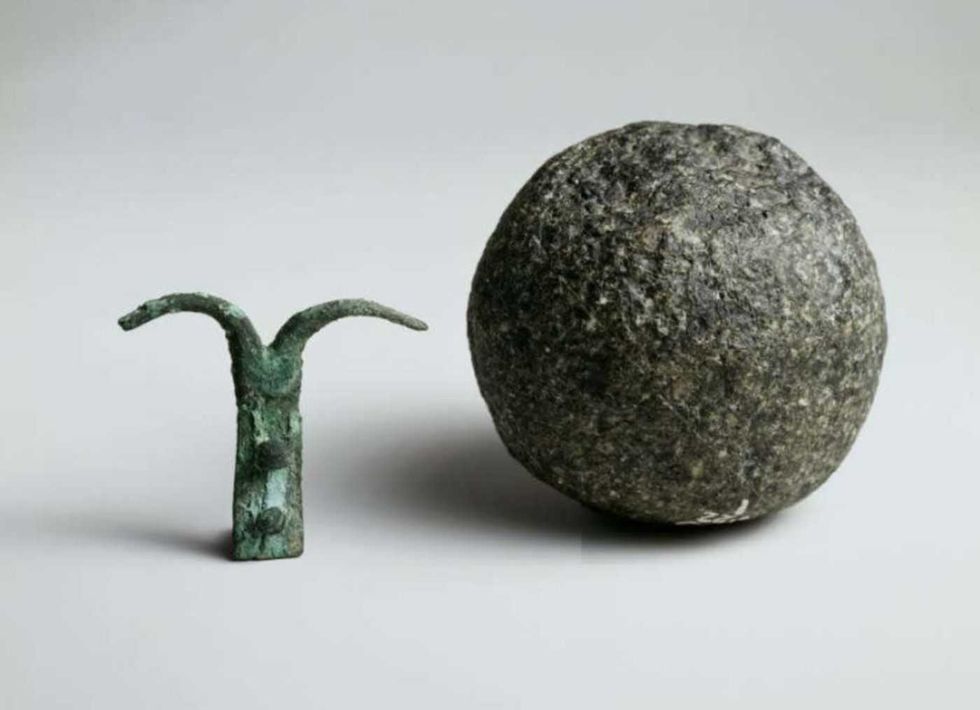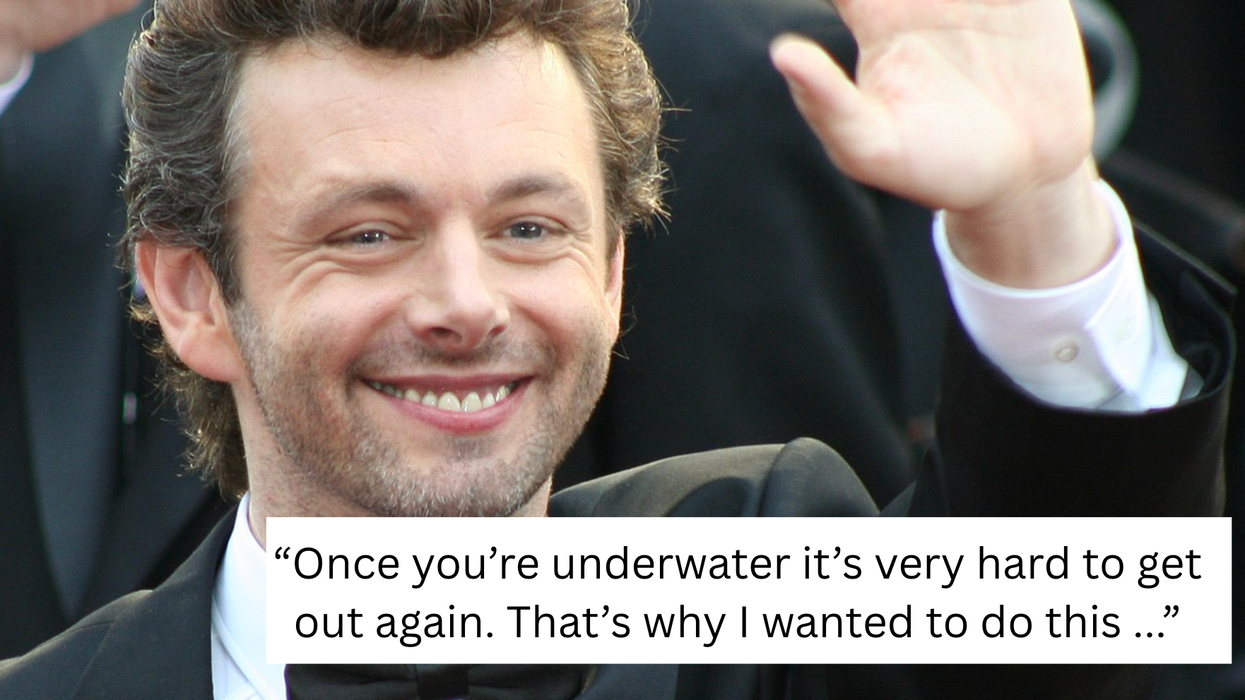Being of service, giving donations, volunteering, and other acts of charity are all incredibly valuable to the community. Something as simple as donating a pair of shoes instead of tossing them in the garbage is meaningful. These little actions not only help us feel good, but they also support organizations invested in aiding less fortunate people.
A TikTok influencer, Moe, decided to make a little social experiment by placing an AirTag into a pair of sneakers before donating them to the German Red Cross. Using Apple's Find My application, he followed the journey of his donated shoes. The final destination had us all asking, where do our charitable donations really go?
Hand holds an Apple AirTagKKPCW/ Wikimedia Commons
German influencer Moe follows the journey of his AirTag donation and posts a video of it on TikTok.
Moe placed his tracking device inside one of the shoes under the foot cushion. He deposited his AirTag-tracked sneakers in a German Red Cross donation container. Monitoring the shoes through the Apple Find My application, he watched them move about Europe.
Over the course of five days, AirTag's real-time location gave him updates revealing the entire pilgrimage. Starting in Munich, Germany, the shoes traveled through Austria, Slovenia, and Croatia until reaching a destination in Cazin, Bosnia and Herzegovina.

Moe decides to follow the shoes to Bosnia.
With some sleuthing, Moe uncovered that his shoes were for sale at a local market for 10 euros. A journey that began in Munich, Germany, spanned nearly 500 miles before reaching a final destination in Bosnia. Camera in hand, Moe documented his own path to the vendor, where he repurchased the shoes.
Speaking with the store clerk, he found that her boss had purchased the shoes in Germany. Her boss then brought the shoes back to Bosnia, where he lives. How do shoes donated for the Red Cross come all the way to a country nearly 500 miles away?
You can watch the TikTok video by Moe below:
@faktglaublich.de Hast du gewusst, dass viele Spenden im Ausland landen? 🤔 @moe.haa
How donations to the German Red Cross work
After some public backlash following Moe's TikTok video, the German Red Cross gave a response addressing those concerns. Depending on the quality, seasonal relevance, and local demands, donations are utilized with different procedures. Some items go to local individuals and families in need. Some items are sold through charity shops, which help generate funds. And, other items are sent to international markets where greater demand can exist.
A 2025 article in SoydeMac explained the German Red Cross donation procedure. Receiving between 70,000 and 80,000 tons of clothing each year, the breakdown for the donations is as follows:
- 50% of the clothing is simply recycled because the condition is too poor for anything else
- 40% is sold to second-hand stores, with funds going to local projects
- 10% of donations go directly to people in need of clothing

Why are some charities more effective than others?
One of the most important things to understand about any given charity is what it represents or the emotional impact it offers, which can be very different from the benefits it provides. A 2023 study in Cambridge University Press found people often pick charities based on the emotional appeal or their own familiarity with the subject. Many donors believe these charities only differ a little in how much good they do, however, the fact is that the difference can be huge.
A 2023 study in Oxford Academic pointed to intermediary costs as a primary issue. What's donated that actually reaches the final beneficiaries is often determined by overhead, logistics, resale, and other fees. A 2023 study in the National Library of Medicine found an exceptionally productive method of donating involved bundling. Donors could offer resources or funds toward a favorite charity that was then shared also with a more effective charity. This helps shift donations more toward high-impact giving.
As one social media influencer found out, just because you feel good about the charitable action you're taking, it doesn't mean the actual effectiveness will be what you most hope it to be. There are organizations designed specifically to help you get the most bang for your buck when it comes to donations. Nonprofit companies like Charity Navigator and Charity Watch are available to help maximize the effectiveness of every dollar contributed to charity. They provide donors with evaluated information about financial efficiency, governance, transparency, and accountability. That way, you can have an informed decision, see potential red flags, focus on the effectiveness of an organization, and understand that all charities are not equal.


















 Pyramid of Khufu
Pyramid of Khufu A spherical dolerite pounder.
A spherical dolerite pounder. Abeer Eladany holds open the box of splinters
Abeer Eladany holds open the box of splinters The box that the missing piece of cedar was discovered
The box that the missing piece of cedar was discovered The wooden fragments dated to around 3341-3094 BC
The wooden fragments dated to around 3341-3094 BC
 Friends helping one another cross a creek.Photo credit
Friends helping one another cross a creek.Photo credit  A group of young people. Photo credit
A group of young people. Photo credit  Studies suggest empathy builds connection.Photo credit
Studies suggest empathy builds connection.Photo credit  People consoling a friend.Photo credit
People consoling a friend.Photo credit 


 Hungry and ready.Photo credit
Hungry and ready.Photo credit  The mac and cheese staple presentation.Photo credit
The mac and cheese staple presentation.Photo credit  Pizza ready from the oven.Photo credit
Pizza ready from the oven.Photo credit  Friends hover around the barbeque.Photo credit
Friends hover around the barbeque.Photo credit  Seafood platter on the beach.Photo credit
Seafood platter on the beach.Photo credit  Scarecrow watches over a vegetable garden.Photo credit
Scarecrow watches over a vegetable garden.Photo credit 


 A therapist listens to a patientCanva
A therapist listens to a patientCanva Animated gif of someone scrolling through phone via
Animated gif of someone scrolling through phone via  A couple purchasing new car wrapped in a bow at the dealershipCanva
A couple purchasing new car wrapped in a bow at the dealershipCanva Man presses button a smart fridgeCanca
Man presses button a smart fridgeCanca A woman sits alone on the beachCanva
A woman sits alone on the beachCanva